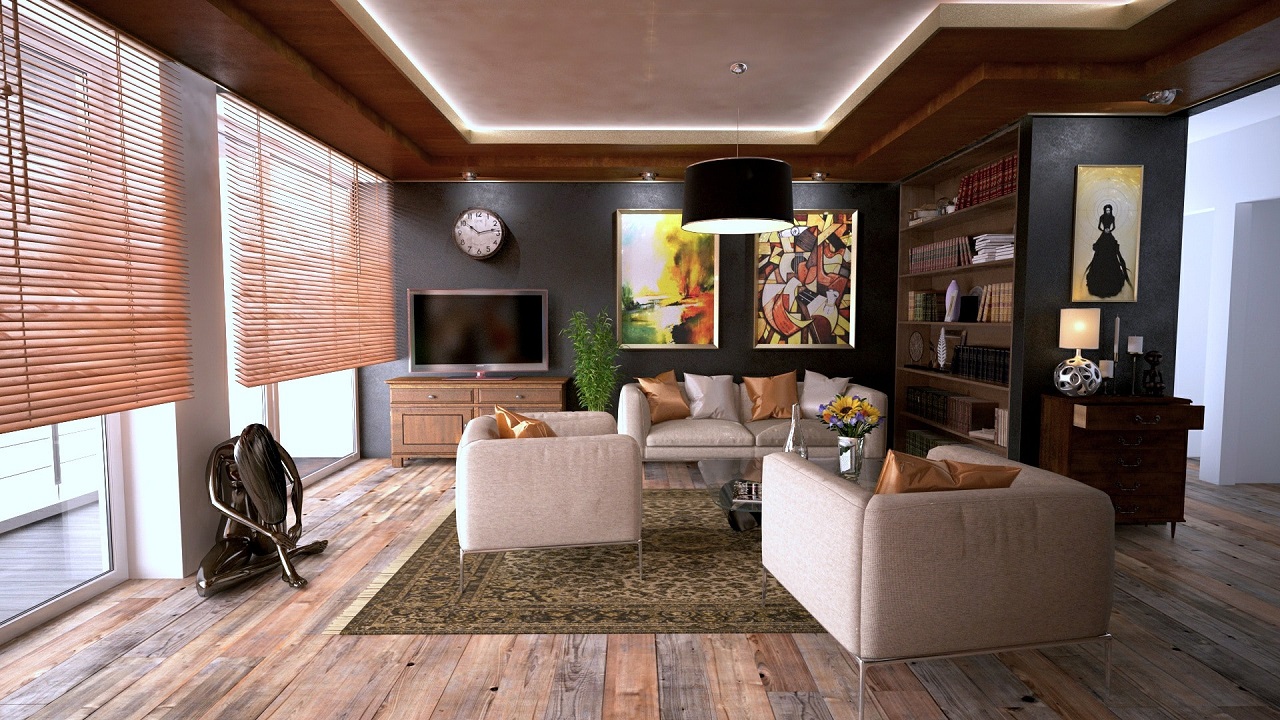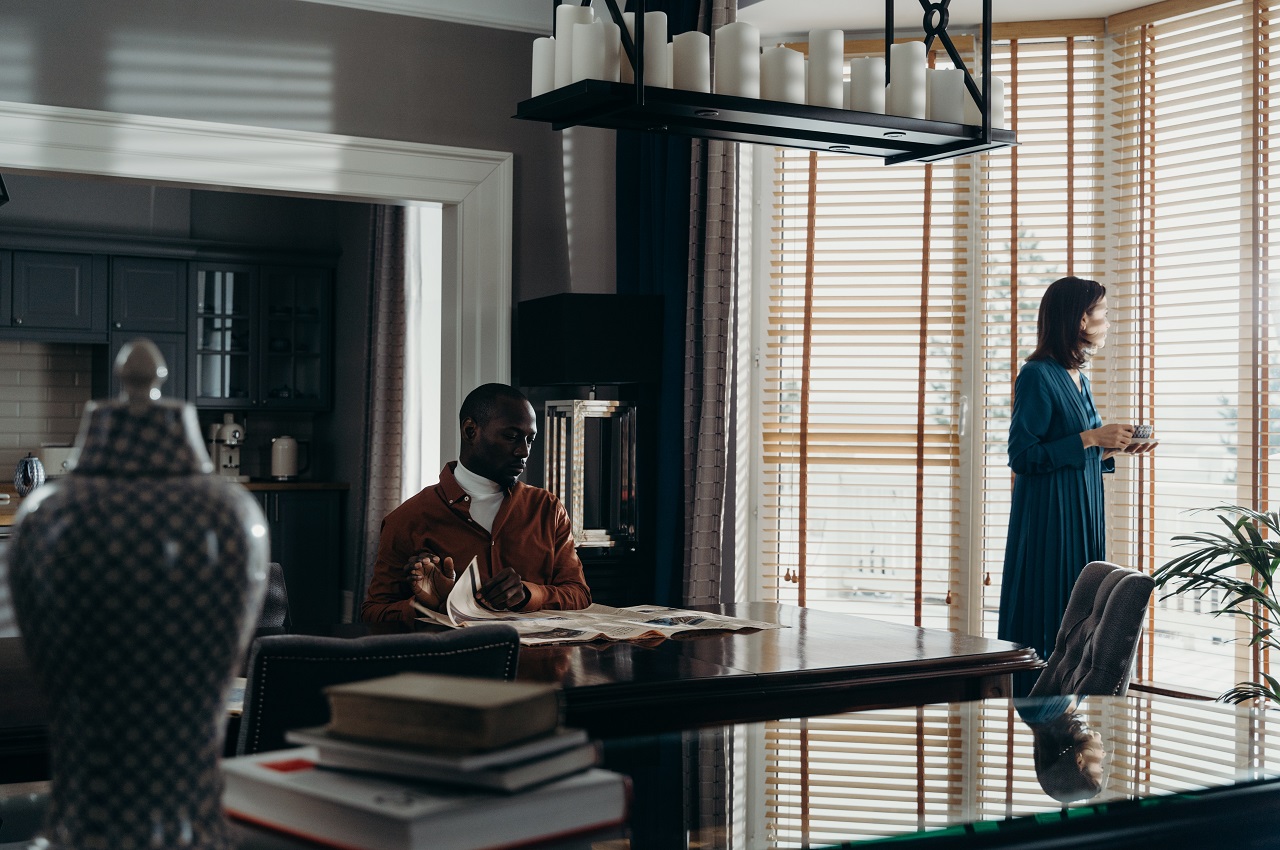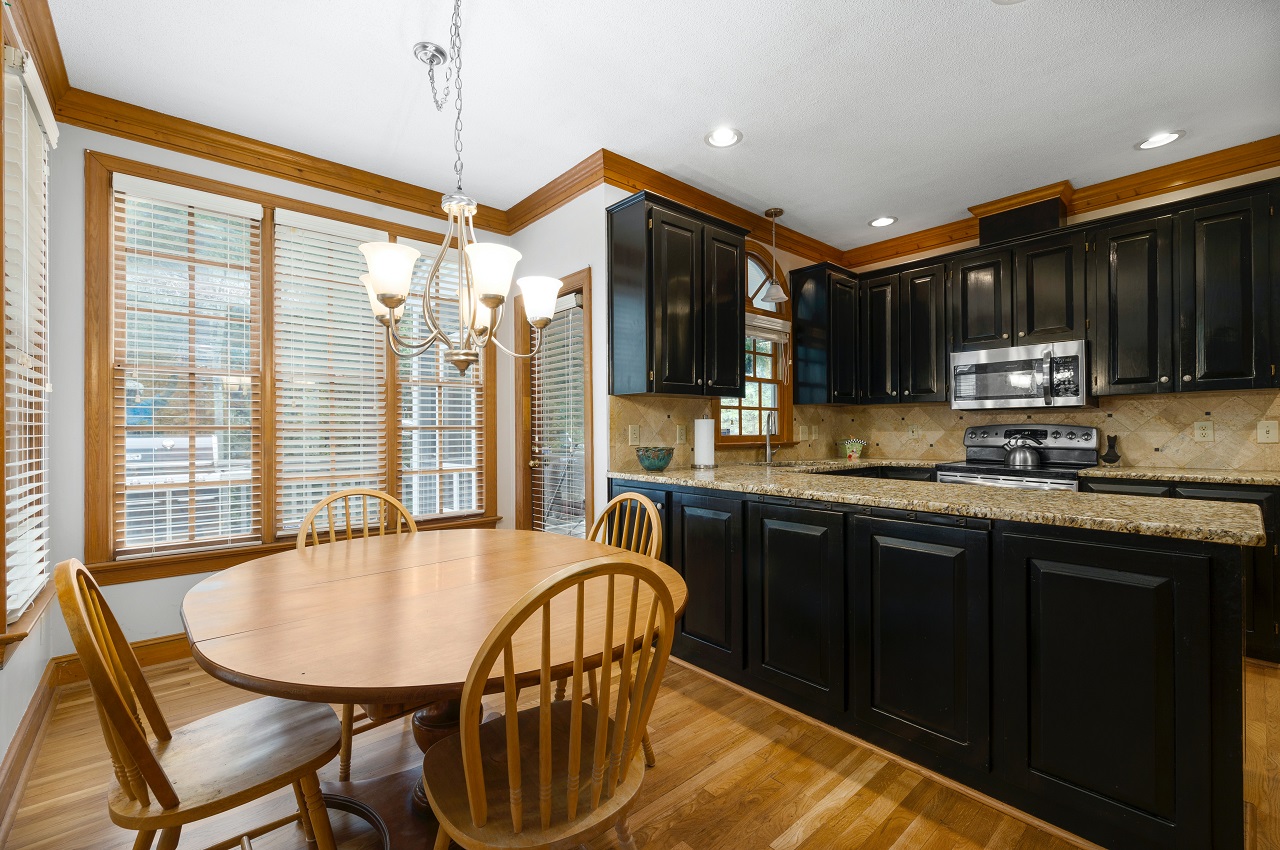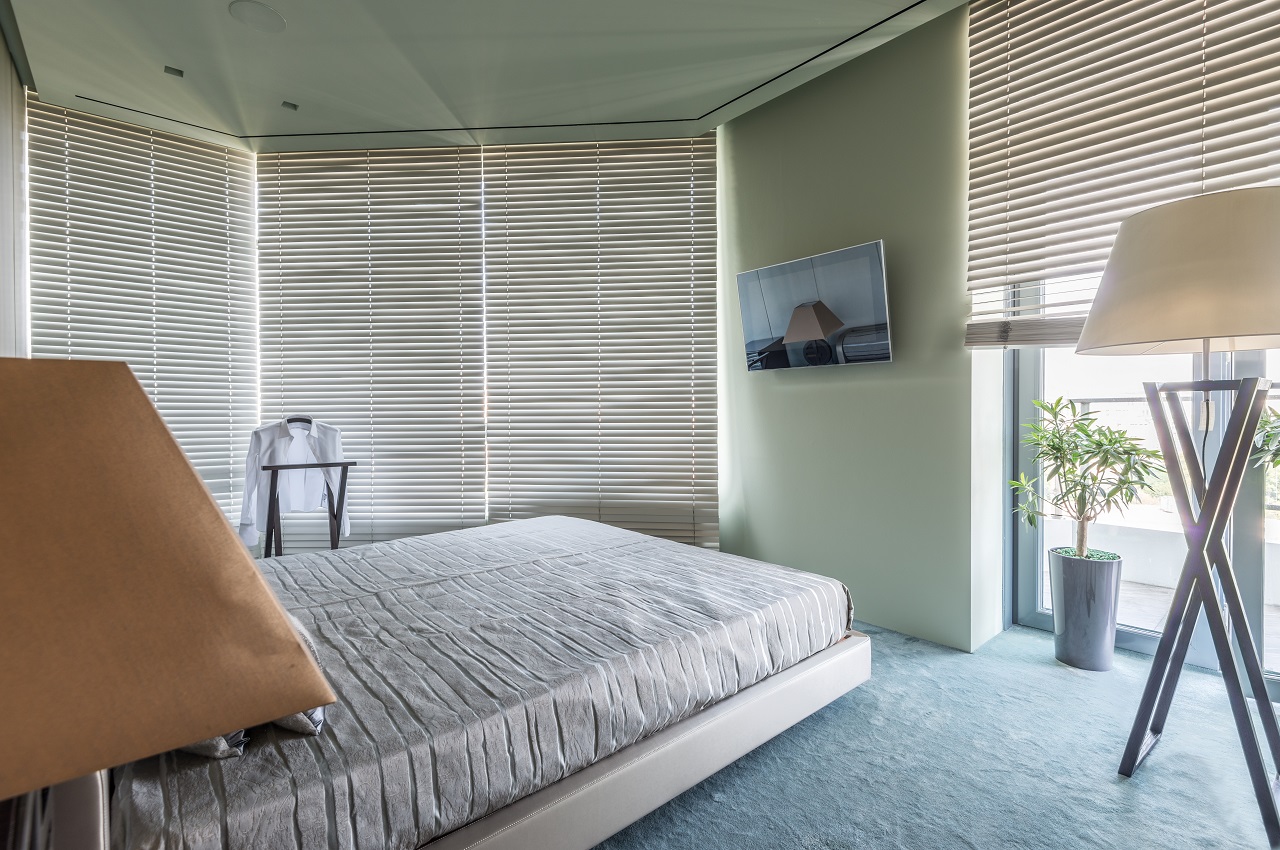Window treatments offer one of the easiest ways by which you can update the aesthetic of your home. They are easy to install, are available in multiple textures, patterns, and colors, and in many cases, do not cost much.
The only difficulty most people face when selecting a window treatment is matching the prospective options with the existing home dècor. My guide aims to make the process easier.

While you may simply want to install new blinds to give your rooms an updated look and feel, such treatments can serve several purposes. In most cases, the purpose of the blinds determines their suitability for a particular room.
Sometimes, even if certain types of blinds look great in a particular room, installing them is not a good idea. For instance, wood blinds look very attractive in almost every room, but putting them up where they may be exposed to moisture can affect their durability.
That is why considering the function that the blinds will play, such as blocking sunlight, makes it easier to select a suitable option, like blackout shades. Here I’ve mentioned some of the most common functions of window blinds.
1. Light Control
Perhaps the most common purpose for which people need a window treatment is to block light. For such purposes, you need to consider the direction the windows are facing, as north-facing windows generally do not receive direct sunlight. But windows facing other directions are bound to get direct sunlight at some point in the day.
Keep in mind that different types of window treatments can block sunlight in different ways. Some may block out all the light, while others may allow some of it to pass through. So, selecting the right one will depend on your needs.
2. Energy Efficiency
Besides light, blinds can control the amount of heat that enters or escapes the room, which can help save energy. Installing window blinds is one of the most cost-effective ways to minimize heat loss and keep your interiors warm.
3. Privacy
Another popular use of window treatments is to ensure privacy. You may have nosy neighbors who might peek through the windows, but with a window treatment like roller shades or wood blinds, you can ensure complete privacy.
4. Enhancing the Aesthetics
The right window treatment can enhance the aesthetics of your home by complementing the decor through various patterns, colors, and textures. It can also highlight certain aspects of your interiors and beautify the space.
5. Sound Dampening and Window Coverings
While not their primary function, certain types of window blinds can offer a minor degree of sound dampening. For instance, honeycomb or cellular shades can somewhat absorb sound due to their unique structure that creates air pockets. However, if soundproofing is a significant consideration for you, traditional window blinds might not provide the level of noise reduction you’re seeking.
A more effective solution might be soundproof curtains. Designed specifically for noise reduction, these curtains are made of densely woven, often multi-layered, fabrics that absorb sound waves, reducing noise intrusion from outside sources.

Factors to Consider When Choosing Suitable Window Blinds
Window treatments like blinds are often required for practical purposes, such as controlling light in a room and helping save energy. However, when selecting an option for your home, it is important to go with one that works well with its design and aesthetics.
Choosing an option that works well but does not match the style of the room will make it look out of place while the room will appear uninviting. That is why you need to consider the following factors when choosing window blinds.
1. Window Shape and Size
Windows are generally rectangular, circular, bay, or arched, with bay windows comprising three rectangular ones. In addition to its shape, you should pay attention to its size and how the window opens, which can be helpful when choosing window treatments.
The most common types of windows include:
A. Single and Double-hung Windows
Double-hung windows are the most common, followed by single-hung ones since they are traditional options. They open vertically from the bottom to the top.
B. Sliding Windows
You can usually find sliding windows on porch doors, and these open from side to side.
C. Casement Windows
Casement windows work just like doors since they are attached to a frame and have a hinge on one side.
D. Awning Windows
These windows have an awning at the top and open outwards from the bottom.
2. Function
In most cases, window treatments are used to serve practical needs while enhancing the appearance of your home. So, the first thing you need to consider when choosing window blinds is their function.
If you want to cover south-facing windows, chances are that you’re looking for blinds and shades to block out light and harmful UV rays. Alternatively, the room may already have some window coverings, but these may need replacing to update the appearance of that particular space.
You may also want to prevent onlookers from peeking through the windows.
3. Room Type
The rooms in your home serve different functions and can vary in their design or feel. For instance, the aesthetic of your bedroom will be quite different from that of the living room or study. Paying attention to the home decor and room type when selecting window blinds is vital.
Different window treatments are often designed for specific needs and thus go well with particular rooms. An excellent example is when people use roller blinds for their kitchens and bathrooms since they are resistant to moisture and do not get damaged when wet.
Similarly, you may want to use a window treatment like drapes or woven wood shades for the guest room.
4. Maintenance
You will need to take good care of the window treatment you choose to make sure they last long. However, the level of maintenance that different window treatments like roller shades, wooden blinds, or polyester shutters need can vary significantly. So, going with options that are easy to maintain without a lot of effort might deliver a better experience.
A. Drapes and Curtains
Most curtains and drapes made from polyester, linen, and cotton can be machine-washed, which makes them easy to maintain. However, they can tend to shrink if proper care is not taken. Similarly, you should not put delicate items and linens in the dryer, while woolen and silk drapes should always be cleaned professionally.
B. Blinds
When it comes to blinds vs curtains, blinds are a bit easier to maintain since they just require regular vacuuming to keep them in good condition. Occasionally, you may need to wipe the slats using a damp cloth to remove stubborn stains.
Vinyl blinds need to be removed from the window and washed using mild detergent, but too much moisture on wooden ones can result in warping and fading.
C. Shades
Fabric shades require light vacuuming and dusting, and you can blot them to get rid of stains. However, if the shades are not machine washable, do not expose them to too much moisture. You will also need to use a hairdryer to get rid of insects trapped between them.
D. Price
Another important factor to consider when selecting window blinds for your home is the cost. Window treatments are available at different prices and you can find both extremely costly blinds and affordable ones.
Before selecting a blind, consider how much you are willing to spend and look at the different options within your budget.

Choosing the Window Blinds for Your Home
Now let’s look at some of the most popular window treatments that can be used to enhance the interiors of your home.
1. Wooden Blinds
Wood blinds and faux wood blinds are preferred by many because they not only look attractive but are also functional and versatile. Both of these are generally horizontal blinds that can be found in a Venetian or slatted style. They are often used in areas like the kitchen but can be added to almost any room since they blend very well with different types of home decor.
People often use wooden blinds in their dining rooms as well since they add a touch of elegance without being overbearing. You can select from different tones, finishes, and styles to control the amount of light to ensure privacy.
2. Interior Shutters
Shutters are quite similar to wooden blinds and are effective in blocking out harsh light. Additionally, you can use them to ensure privacy, but unlike wood blinds, shutters work most effectively in homes with a traditional appearance.
Since they are among the best classic window treatments, they may not be suitable if you have a home with a modern look. That being said, shutters go well with most types of decor and can help you make a powerful statement without a lot of effort.
Apart from providing an impressive appearance, they are quite functional and extremely durable. They can prevent any drastic loss or gain of heat and do a great job of blocking out light.
Interior shutters, such as those made from faux wood, can be used in the kitchen since they are moisture-resistant and more durable than natural wood.
3. Roman Blinds
Roman blinds or Roman shades are constructed using fabric and add a touch of sophistication to any room without compromising functionality. When you raise these blinds, they stack one on top of another on the window to allow natural light into the room.
Furthermore, these window treatments are available in various fabric and color options, so finding ones that match the decor and style of your room is easy. Moreover, you can even order custom-made ones.
That is another reason why Roman shades make great bedroom window treatments, as you can select the material and opacity level suitable for such rooms. When open, these shades create an attractive border for an eye-catching appearance in your room. And when they are closed, they can ensure complete privacy and block out light.
The amount of light they block will depend on the materials used for their construction.
4. Pleated Shades
These window coverings may be made of fabric or paper and work similarly to Venetian blinds. This means they are horizontal blinds that allow easy adjustments to control the amount of light entering your room.
Pleated shades were much more popular earlier and are now coming back in fashion, thanks to the increasing availability of various textural patterns and designs. They are also suitable for bedrooms since they can help create a quiet, calm space perfect for rest.
Modern pleated shades are usually cordless and come with a motorized remote control, allowing you to open or close them as needed.
5. Natural Blinds
Natural blinds are an excellent option if you want to give your home a more trendy and bold appearance. These window treatments are made using natural materials, such as grass, reeds, bamboo, etc. In addition to blinds, natural materials are used to create woven shades from jute and bamboo.
Bamboo blinds or shades are especially popular since they work very well to add dimension and light to a room. They are also quite durable and are easy to clean and maintain.
Natural blinds are great if you want to include a touch of nature along with some texture in your rooms. Areas such as the dining room or living room are generally most suitable for natural blinds.
6. Vertical Blinds
Vertical blinds have a track that slides across when they are opened or closed and do not move up or down like horizontal ones. They may have an opening on one side or a parting in the middle and are commonly used on large floor-to-ceiling windows, sliding doors, and patios.
If you have windows that are quite wide but not very tall, vertical blinds might be a suitable option. These blinds can help ceilings appear higher than they actually are, and you can open them partially to get some light while ensuring privacy.
Vertical blinds are a popular window treatment for living rooms since they provide a clean appearance and can be used in combination with other options.
7. Roller Shades
Roller shades or roller blinds are fabric blinds that can be rolled vertically to allow sunlight into the room or block it out. They usually have a protective coating that protects them from moisture damage, making them the perfect window treatments for bathrooms and kitchens.
You can even find solar shades that prevent harmful UV rays from entering your home. These can also be used to keep out heat in summer and reduce glare, providing a great experience.
Like most of the other window treatment options I’ve mentioned here, they are available in various colors, opacities, and materials. One advantage of installing a roller shade is that it can hardly be seen when completely rolled up, providing a great outdoor view.
But if you’re using such shades to ensure privacy, paying attention to the material used in their construction is important, as that will determine the opacity level.
8. Cellular Shades
Cellular shades appear similar to pleated blinds and are often referred to as honeycomb blinds. These shades are the most energy-efficient as they can trap air between them, insulating the room and preventing heat loss. They are constructed using two types of materials and are a great option if you require proper insulation.
You can find cellular shades in various colors and styles for different rooms of your home. The most common ones include room darkening options, light filtering shades, and sheer window blinds. Because of that, they are among the most popular window treatments for bedrooms, where temperature control is very important.
9. Drapes
Drapes are generally used to provide a sophisticated appearance to any room since they are basically heavier and thicker curtains. The main difference is that drapes generally have an additional lining to block natural light. This additional lining is often made of blackout material that, besides blocking sunlight, ensures complete privacy.
On the other hand, if you want to allow light and find such drapes too dark for areas such as the living room, look for options constructed using lighter fabrics. Materials commonly used for making drapes include polyester, cotton, linen, silk, and velvet.
You can even add some sheer lining to drapes to make them more appealing. Additionally, if you’re confused between blinds and other window treatments, drapes might be the perfect solution. They can be used with other window treatment ideas and offer several benefits.

Selecting the right window treatment can transform your interiors, adding to their style and enhancing their functionality. Various blinds, shades, and shutters for different areas of the house can complement other decor pieces and often provide the easiest way to reinvent your entire home.
When choosing window treatments like blinds, make sure they are at least a shade darker or lighter than the surrounding walls while having a similar tone. This will help create the most complementary aesthetic without going overboard.
While I’ve explained how to use various types of window coverings, it is a good idea to take the help of an interior designer. They can take a look at the existing interior design of your home and suggest the best type of window treatment for each area that meets your personal preferences.


